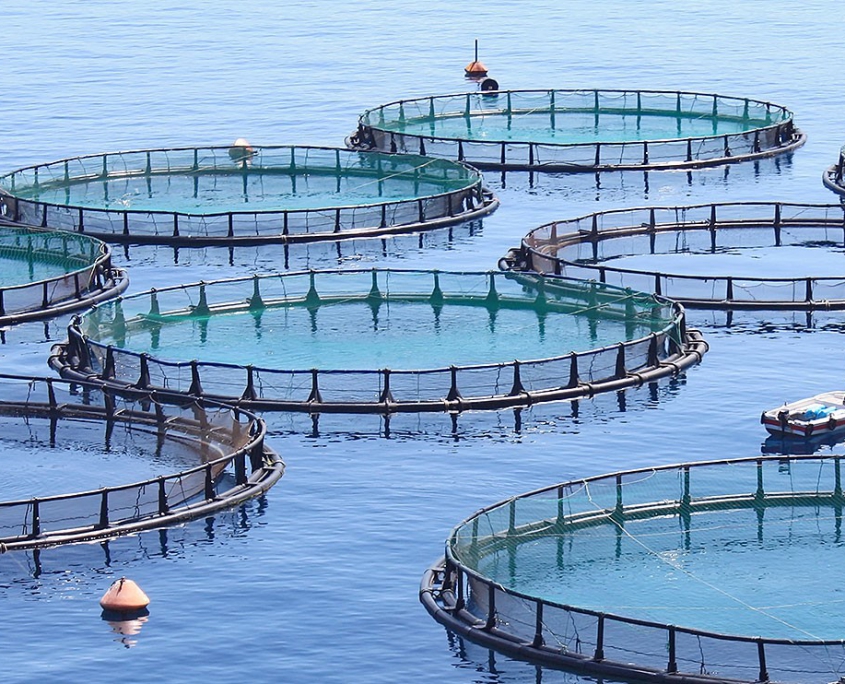History of American Fisheries
More and more people in the United States are entering the lucrative and productive fishery trade in the United States every day. According to the FAO (UN Food and Agriculture Organization), in 2005, the United States recovered 4,888,621 tons of fish from the wild fishes and another 471,958 tons of fish from the United States. This has led the United States to be the fifth-largest producer and producer of fish in the world after China, Peru, India and Indonesia, with 5.8 percent of the world’s fish and aquaculture production.
US fish farming laws are regulated at the federal and state levels. Food and Drug Administration (FDA); Department of Health and Human Services (DHHS); Department of Agriculture (USDA) and Environmental Protection Agency; are federal agencies that regulate various aquaculture activities in the states The United States is busy.
There are other agencies and organisations at the federal level that oversee and monitor aquaculture practices and activities, including the National Oceanic and Atmospheric Administration (NOAA) at the Department of Commerce; the US Food and Drug Administration (FDA); The United States Department of Agriculture (USDA) and the US Fish and Wildlife Service (FWS) are active. The federal government also regulates fish farming and food production activities, including trade in goods and services between states or foreign countries.
Types of Fish Breeding in America
The United States is the largest consumer of tilapia fish in the world. In our country, some people are trying to make it harmful because of the hostility or personal interest in the rumor about the properties of this fish.
Tilapia fish after different types of carp, It ranks second in the world in production. The US Fisheries Authority has adopted unique rules to prevent tangible damage to the environment, due to the widespread acceptance of tilapila fish producers in the United States, to cultivate this valuable and popular fish.
Tilapia fish has been recognized and introduced in the United States by fisheries organizations and environments since 1960. Today, tilapia is the fourth most popular seafood of the American people after shrimp, tuna and salmon. In the US, tilapia fish consumption has been increasing steadily since year 2002, so that the number of tilapia fish in the United States has increased by 20% in the 2010. On average, the United States consumes more than 200 thausand tons of tilapia per year. This led the Fisheries Authority of each state of the United States to adopt special rules for the production and cultivation of tilapia fish, as well as for increasing domestic consumption, given the increasing interest in fish and aquaculture producers.
Another example of a variety of fish species in the United States is the breeding of “bighead carp” or large carp (a species of dark carp) which ranks fourth in the world production of aquaculture. (27.1 billion kg in 1995). bighead carp was introduced to the southern states of america by China (the largest breeder of this fish) in the early 1970s. Other names for this fish are nobel fish, speckled amur and lake fish. In the United States, carp with chanal catfish is produced by the “multi-species cultivation” method of about 2064 hectares of soil pools. When the price of catfish is very low and the market situation is declining, carp bigheads are seen as an important and valuable source of income for fish breeders, so that the bighead fish trade can continue to grow catfish producers. Keep it alive in aquaculture. Big head carp has a tasty and delectable meat but its bones are large for Americans.
US Fisheries Practices and Methods
Fish farming practices and methods in the US are fish farming on land, in tanks and fiberglass tanks.
Usually small fish, so-called baby fish up to 20 grams, are more durable when stored in the pools, reaching about 600 – 800 grams after 6 – 8 months. Another method used for fish farming in the United States, and its plan, introduced at the beginning of 2018, is to fish in the aquarium. The project will be the largest aquarium in the world, according to Nordic.
The most important and top US fish farms
As we said, the US is the largest consumer of tilapila fish. To this end, there are many tilapila fish farms in the United States. Large-scale investments have begun in various cities to raise the fish. For example, investing and building a tilapia fish farm in Florida is an American affair. The US fish and other aquaculture industry has grown older in the Gulf states of Mexico, such as Florida, Louisiana and Alabama, it has grown older and stronger. A variety of fish farming activities in the United States have led to the development of the industry due to its climate and suitable atmospheric properties. At the federal level, fisheries and other aquaculture areas are defined in the National Fisheries Act of 1980 as “the breeding and rearing of aquatic species in controlled and specific environments.” One of these rules is to restrict these locations to the oceans (except for the salmon private oceans in the Pacific Ocean).
Behrouz Fard
Fisheries Analyst and Complicator





